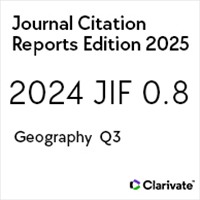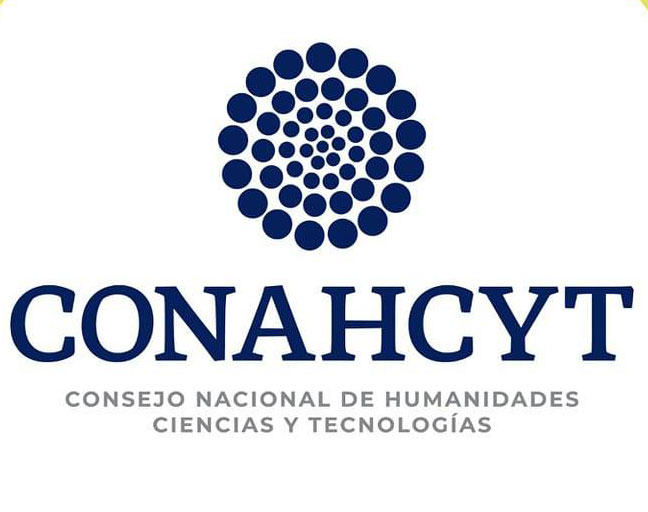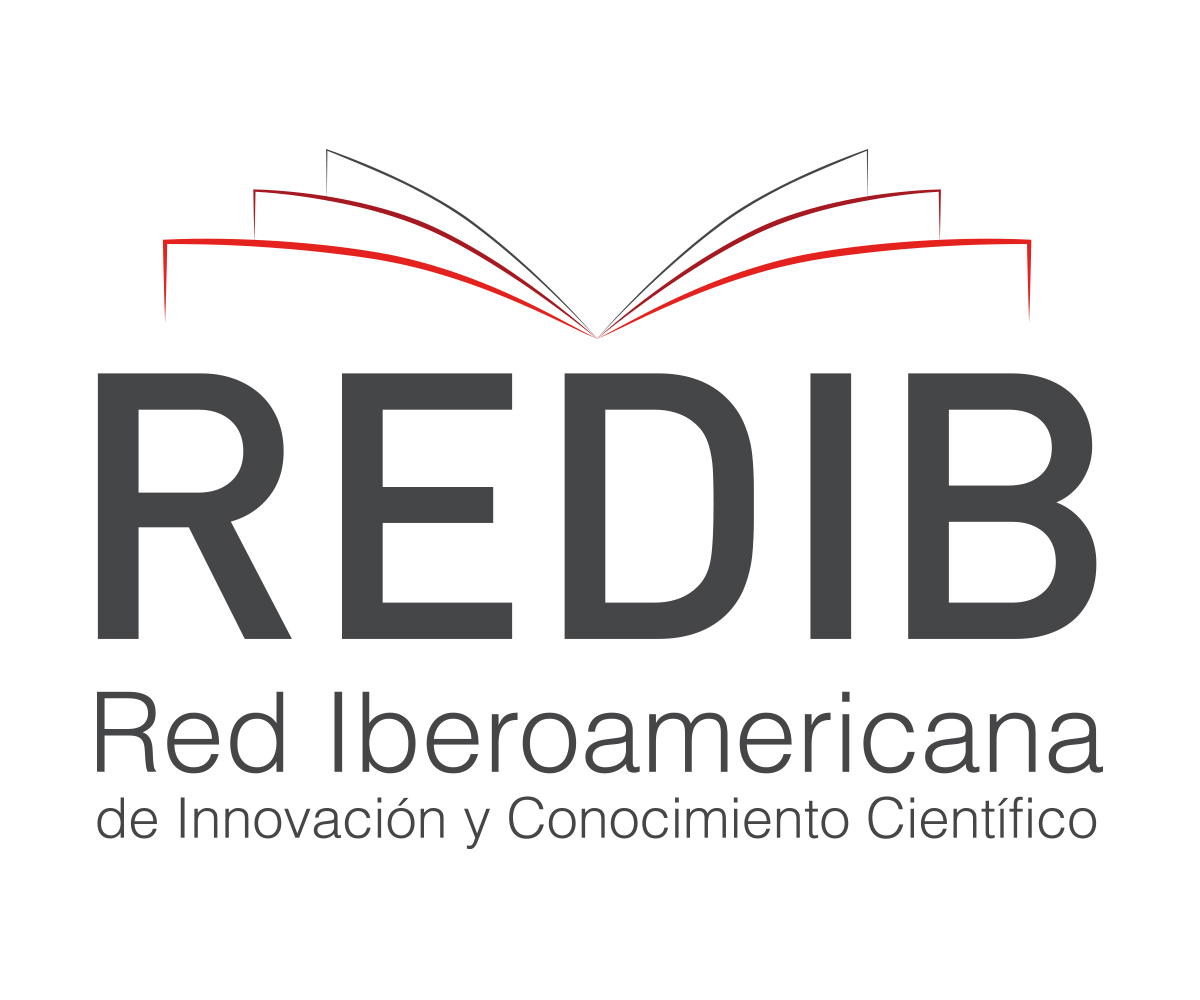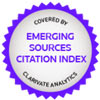Costos indirectos de transporte en el proceso de cruce fronterizo: El comercio entre Estados Unidos y México
Indirect Transportation Cost in the border crossing process: The United States–Mexico trade
https://doi.org/10.21670/ref.2016.33.a07
Palabras clave:
Costos Indirectos de Transporte, Modelo de Equilibrio General Computable, comercio bilateral México-E.U., integración económica, proceso de cruce fronterizoResumen
Se implementó un Modelo de Equilibrio General Computable para estimar los costos indirectos de transporte (CIT) del comercio bilateral en la frontera entre México y Estados Unidos utilizando como base de datos una Matriz de Contabilidad Social. Aquí se asume un esquema de transporte tipo "iceberg" para determinar los costos a afrontar, resultantes del proceso de cruce fronterizo por los puntos de entrada existentes entre ambos países. El período estudiado incluye datos anuales desde 1995 hasta 2009, permitiendo analizar las tendencias de estos costos a la luz de la liberalización comercial experimentada. Los resultados muestran que los CIT han experimentado una disminución de 12% durante este período.Abstract Using a Social Accounting Matrix as database, a Computable General Equilibrium model is implemented in order to estimate the Indirect Transportations Costs (ITC) present in the border crossing for the U.S.–Mexico bilateral trade. Here, an “iceberg–type” transportation function is assumed to determine the amount of loss that must be faced as a result of border crossing process through the ports of entry existing between the two countries. The study period covers annual data from 1995 to 2009 allowing the analysis of the trend of these costs considering the trade liberalisation that is experienced. Results show that the ITC have experienced a decrease of 12% during the period.Test
Citas
Dornbusch, R. (1992). The case for trade liberalization in developing countries. The Journal of Economic Perspectives, 6(1), 69–85.
Edwards, S. (1993). Openness, trade liberalization, and growth in developing countries. Journal of Economic Literature, 31(3), 1358–1393.
El Colegio de la Frontera Norte (El Colef). (2007). U.S.–Mexico Select Land Ports of Entry: Analysis of Capacity & Recommendations for Increased Efficiency. Mexico: Author.
Fox, A., Francois, J. and Londoño–Kent, P. (2003). Measuring the border crossing costs and their impact on trade flows: the U.S.–Mexican trucking case. Netherlands: Mimeo, Erasmus University.
Frankel, J. and Romer, D. (1999). Does trade cause growth? American Economic Review, 89(3), 379–399.
Haralambides, H. and Londoño–Kent, P. (2002). Impediments to Free Trade: The Case of Trucking and NAFTA in the U.S.–Mexican Border. Netherlands: Mimeo, Erasmus University.
Hertel, T. (Ed.). (1997). Global Trade Analysis: Modeling and Applications. Cambridge: University Press.
Hummels, D. (1999). Toward a geography of trade costs. United States: Mimeo, Purdue University.
Hummels, D. (2001). Time as trade barrier. United States: Mimeo, Purdue University.
Isard, W. (1951). Interregional and regional input–output analysis: a model of a space–economy. The Review of Economics and Statistics, 33(4), 318–328.
Isard, W. and Peck, M. (1954). Location theory and international and interregional trade theory. The Quarterly Journal of Economics, 68(1), 97–114.
Johansen, L. (1960). A multi–sectoral study of economic growth. Amsterdam: North–Holland Publishing Co.
Krueger, A. (1998). Why trade liberalisation is good for growth. The Economic Journal, 108(450), 1513–1522.
Krugman, P. (1980). Scale economies, product differentiation, and the pattern of trade. The American Economic Review, 70(5), 950–959.
Krugman, P. (1990). Increasing returns and economic geography (Working Papers 3275). United States: National Bureau of Economic Research.
Krugman, P. (1991a). Cities in space: three simple models (Working Papers 3607). United States: National Bureau of Economic Research.
Krugman, P. (1991b). First nature, second nature, and metropolitan location (Working Papers 3740). United States: National Bureau of Economic Research.
Lakshmanan, T., Subramanian, U., Anderson, W. and Leautier F. (2001). Integration of Transport and Trade Facilitation: Selected Regional Case Studies. Washington, District of Columbia: The International Bank for Reconstruction and Development, The World Bank.
Leontief, W. (1936). Quantitative input and output relations in the economic systems of the United States. The Review of Economics and Statistics, 18(3), 105–125.
Löfgren, H. and Robinson, S. (2002). Spatial–network, general–equilibrium model with a stylized application. Regional Science and Urban Economics, 32(5), 651–671.
Organization for Economic Co–operation and Development (OECD). (2002). Business benefits of trade facilitation (Working paper (2001) 21). Paris, France: OCDE Publications.
Organization for Economic Co–operation and Development (OECD). (2003). The Doha development agenda: welfare gains from further multilateral trade liberalisation with respect to tariffs. (Working paper (2003) 10). Paris, France: OCDE Publications.
Organization for Economic Co–operation and Development (OECD). (2009). Overcoming border bottlenecks: the costs and benefits of trade facilitation, OECD Trade Policy Studies. Paris, France: OECD Publishing.
Samuelson, P. (1954). The transfer problem and transport costs, II: Analysis of effects of trade impediments. The Economic Journal, 64(254), 264–289.
San Diego Association for Governments (SANDAG). (2000). San Diego Region–Baja California Cross–Border Transportation Study. San Diego, California: Author.
San Diego Association for Governments (SANDAG). (2003). Survey and Analysis of Trade and Goods Movement Between California and Baja California. Mexico: Caltrans, SANDAG, Science Applications International Corporation.
San Diego Association for Governments (SANDAG). (2006). Economic Impacts of Wait Economic Impacts of Wait Times at the San Diego– Baja California Border. Maryland, United States: HDR, HLB Decision Economics Inc.
San Diego Association for Governments (SANDAG). (2010). Economic Impacts of Wait Times at the California–Mexico Border 2009 Update. San Diego, California: HDR, Decision Economics.
San Diego Dialogue. (1994). Who Crosses the Border: A View of the San Diego–Tijuana Metropolitan Region. San Diego, California: San Diego Dialogue.
Scarf, H. (1967). The approximation of fixed points of a continuous mapping. SIAM Journal on Applied Mathematics, 15(5), 1328–1343.
Shoven, J. and Whalley, J. (1984). Applied General–Equilibrium Models of Taxation and International Trade: An Introduction and Survey. Journal of Economic Literature, 22(3), 1007–1051.
Timmer, M. (Ed.). (2012). The World Input–Output Database (WIOD): Contents, Sources and Methods (Working Paper Number 10). Retrived from http://www.wiod.org/publications/papers/wiod10.pdf
Villarreal, M. and Ferguson, I. (2014). NAFTA at 20: Overview and Trade Effects. Washington, District of Columbia: Congressional Research Service.
Walkenhorst, P. and Yasui, T. (2003). Quantitative assessment of the benefits of trade facilitation (Working paper (2003) 31). Paris, France: OECD Publications.































